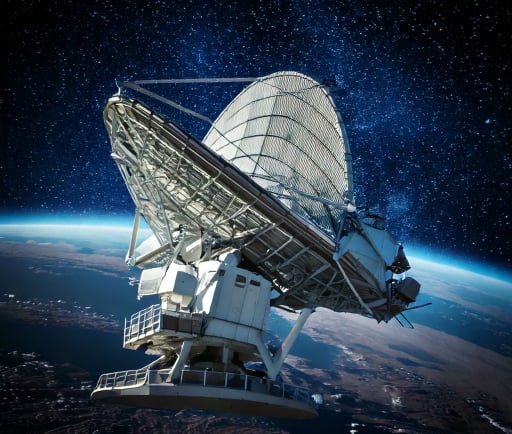Understanding Gaia: The Revolutionary Astrometry Mission


Introduction to Gaia's Mission
Launched by the European Space Agency (ESA) in December 2013, the Gaia mission is a remarkable endeavor in astronomical measurements. It aims to map the position and motion of more than a thousand million stars in our galaxy, the Milky Way, with unprecedented accuracy.
The Technique of Parallax
At the heart of Gaia's operations lies a sophisticated technique known as parallax. This method involves observing an object, in this case, a star, from two different perspectives—specifically, as the Earth orbits the Sun. The slight shift in the position of the star, relative to more distant background stars, allows scientists to calculate the distance to the star based on the angular displacement observed over a period of six months.
Gaia's Advanced Optical Telescopes
Gaia is equipped with two advanced optical telescopes that work in conjunction with three science instruments. These instruments are finely tuned and designed to capture detailed photometric and astrometric data. By utilizing the principles of parallax, Gaia is capable of measuring stellar positions with precision down to micro-arcseconds, which is essential for understanding the structure and formation of our galaxy.
The data collected is invaluable for a variety of astronomical research areas, including the study of stellar evolution, the distribution of dark matter, and the dynamics of our galaxy. Gaia's observations contribute significantly to our understanding of the stellar populations and their movements within the Milky Way, opening new pathways for scientific discoveries.
In sum, Gaia's unique approach to measuring the positions and motions of celestial bodies through parallax is revolutionizing our understanding of the universe. As it continues its data collection, the mission promises to unveil insights that will reshape our knowledge of the cosmos for generations to come.
